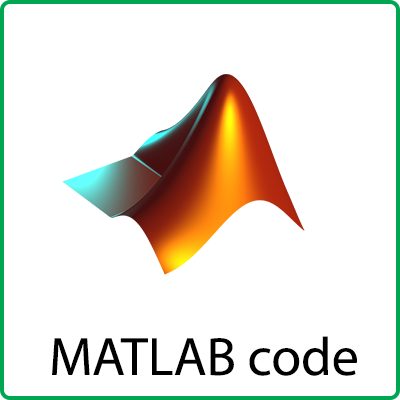Description
Various experimental techniques have been developed to measure micro-scale tissue deformation using various microscopy techniques including differential interference contrast microscopy [37], laser confocal microscopy [38-40], and multiphoton fluorescence microscopy [41]. In addition, tracking the movement of micron-sized fluorescent beads was also employed [42]. Cross-correlation of digital video microscopy was developed in [43] based on bright field or conventional fluorescence microscopy. Other recent studies [44,45] applied the micro-particle image velocimetry (PIV) technique to hydrogel deformation (i.e., displacement) measurements, but these studies need a relatively large amount of micron-sized seed particles (~ 1% v/v), which may alter the rheological and mechanical properties of the hydrogels. Many of these techniques are useful to investigate subcellular and cellular level deformation, but their effectiveness is limited – 1) when ice crystals are formed within the tissues; and 2) by photobleaching of conventional fluorescence dyes.
Cell image deformetry has been shown in our study to be a feasible method for measuring freezing-induced spatiotemporal deformation in ETs. It combines a high-resolution time-lapse digital microscopy system with PIV, a well-established digital image correlation technique for measuring continuum deformations (or velocities). The major advantage of the method lies in the fact that it is a non-intrusive optical visualization technique. No physical probe is used for measurement purposes, and the sample is not perturbed by the measuring instrument.
The seed particles used are QD-labeled fibroblasts physically coupled to the collagenous ECM, thus introducing no foreign tracking particles that may undesirably alter the mechanical properties of the sample examined. As the tissue deforms on the microscale level during freezing, the embedded cells respond and move correspondingly, yielding information about the degree of deformation of their local environment. The capability of the method to continuously monitor the movement of the cells embedded in the collagen matrix during freezing makes it possible to visualize the phenomenon of freezing-induced tissue deformation in real time. Digital image cross-correlation is then used to determine the extent of local tissue deformation quantitatively.
In addition, the fluorescent labels used (i.e., QDs) are specific (i.e., cell-targeting) and robust for imaging purposes. The fluorescence signal of the QDs, unlike other fluorophores, is known to be remarkably stable and resistant to photobleaching.
[37] Petroll, W. M., and Ma, L., 2003, “Direct, Dynamic Assessment of Cell-Matrix Interactions Inside Fibrillar Collagen Lattices,” Cell Motility and the Cytoskeleton, 55(4), pp. 254-264.
[38] Roeder, B. A., Kokini, K., Robinson, J. P., 2004, “Local, Three-Dimensional Strain Measurements within Largely Deformed Extracellular Matrix Constructs,” Journal of Biomechanical Engineering, 126(6), pp. 699-708.
[39] Petroll, W. M., Cavanagh, H. D., and Jester, J. V., 2004, “Dynamic Three-Dimensional Visualization of Collagen Matrix Remodeling and Cytoskeletal Organization in Living Corneal Fibroblasts,” Scanning, 26(1), pp. 1-10.
[40] Kim, A., Lakshman, N., and Petroll, W. M., 2006, “Quantitative Assessment of Local Collagen Matrix Remodeling in 3-D Culture: The Role of Rho Kinase,” Experimental Cell Research, 312(18), pp. 3683-3692.
[41] Huang, H., Dong, C. Y., Kwon, H. S., 2002, “Three-Dimensional Cellular Deformation Analysis with a Two-Photon Magnetic Manipulator Workstation,” Biophysical Journal, 82(4), pp. 2211-2223.
[42] Roy, P., Petroll, W. M., Cavanagh, H. D., 1997, “An in Vitro Force Measurement Assay to Study the Early Mechanical Interaction between Corneal Fibroblasts and Collagen Matrix,” Experimental Cell Research, 232(1), pp. 106-117.
[43] Wang, C. C., Deng, J. M., Ateshian, G. A., 2002, “An Automated Approach for Direct Measurement of Two-Dimensional Strain Distributions within Articular Cartilage Under Unconfined Compression,” Journal of Biomechanical Engineering, 124(5), pp. 557-567.
[44] Olsen, M. G., Bauer, J. M., and Beebe, D. J., 2000, “Particle Imaging Technique for Measuring the Deformation Rate of Hydrogel Microstructures,” Applied Physics Letters, 76(22), pp. 3310-3312.
[45] Johnson, B. D., Bauer, J. M., Niedermaier, D. J., 2004, “Experimental Techniques for Mechanical Characterization of Hydrogels at the Microscale,” Experimental Mechanics, 44(1), pp.21-28.



Reviews
There are no reviews yet.